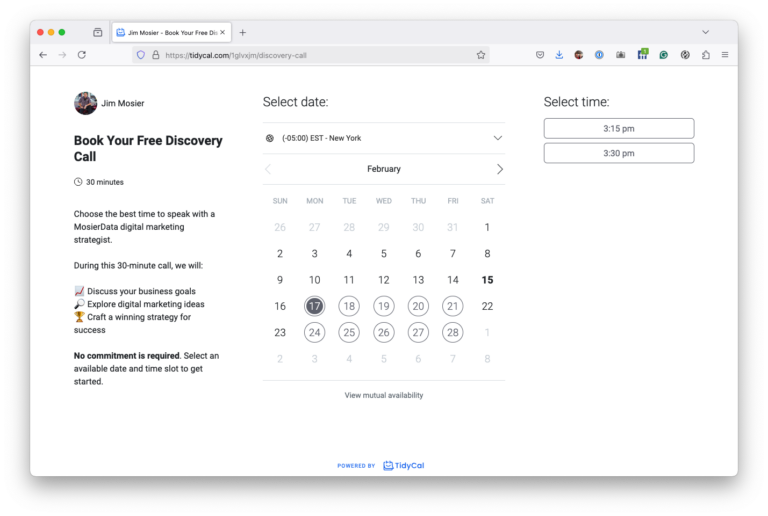Once your inbound marketing campaign is set up, you may become a little obsessed with checking your metrics. If you’re executing a thoughtful keyword strategy to boost your SEO efforts and blogging regularly, you’re probably noticing a significant increase in your website visitors. But the question you should ask yourself is, has this increase in traffic translated to better revenues? If not, you may need to get serious about conversion optimization.
Conversion rate optimization (CRO) also referred to as conversion optimization is a common practice of making changes to your website pages and landing pages to increase conversions on your site. Your conversion rate is the number of visitors to your site divided by the number of those visitors who take a necessary action to move them along their buyer journey.
If you’re looking to get started optimizing your site for conversions, follow these three rules.
Best practices make everything so easy, right? To execute a successful marketing campaign, simply read what worked for a successful business and apply those tactics to your campaign.
Unfortunately, when it comes to conversion optimization, best practices don’t exist. Yes, red CTA buttons did increase conversions 21% over green ones for HubSpot. But that doesn’t mean you should make all your CTA buttons red.
In fact, for every instance of a company having success with a certain conversion tactic, there is a counterexample that shows another company failing with that same tactic.
Does that mean you should give up on conversion optimization and ignore stories of companies having success with varying tactics? Of course not. Instead, use optimization success stories as a starting point for brainstorming tactics that might work for you.
To find out what strategies and tactics will work best for your business and customers, you need to test.
Testing is the only way to determine what works best for you since each business and customer is unique. If you’re just starting out, it’s probably best to stick with A/B testing.
A/B testing involves creating alternate versions of a web or landing page on your site using tools such as those offered by HubSpot, Optimizely, or Unbounce. Then, review your metrics to see which version resulted in more conversions.
Set clearly defined timetables and sample sizes because it’s important to run your tests in a disciplined way. Most experts agree that your A/B test should include at least 100 site visitors.
Once you define the parameters of your test, stick to them. Concluding a test before reaching your pre-set sample size could lead to inaccurate data.
Resist that urge to take shortcuts when you’re in a rush to boost conversions.
Avoid making multiple changes to the website or landing pages you’re testing. If you change more than one thing at a time, you won’t know which change led to the increase or decline in conversions.
Start with one variable at a time. Once you’ve determined that a change leads to more conversions, run another test to determine the best placement. Only then can you test other factors, such as copy length or page layout.
Although it is more time-consuming, testing one factor at a time helps you discover the best formula to convert the most customers on each of your pages.
An integral part of boosting revenue is following the unbreakable rules above that allow you to discover the right conversion optimization strategy for your business.


